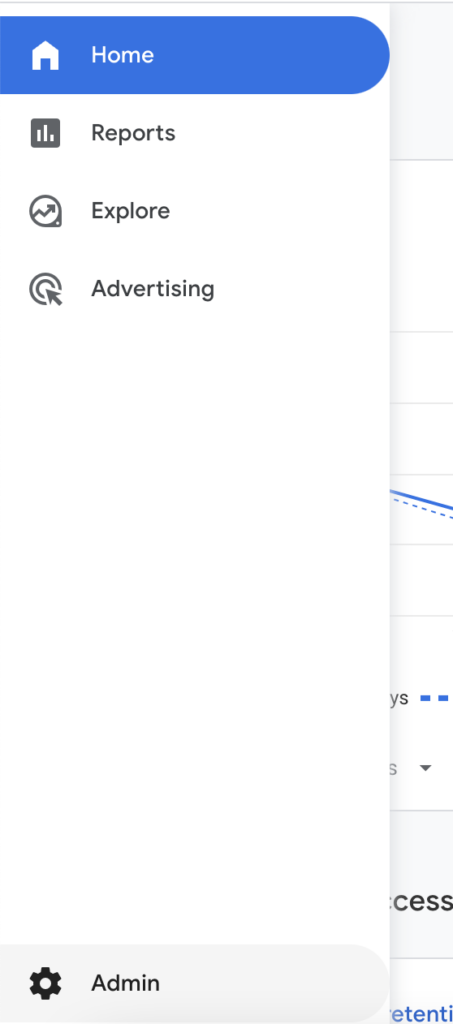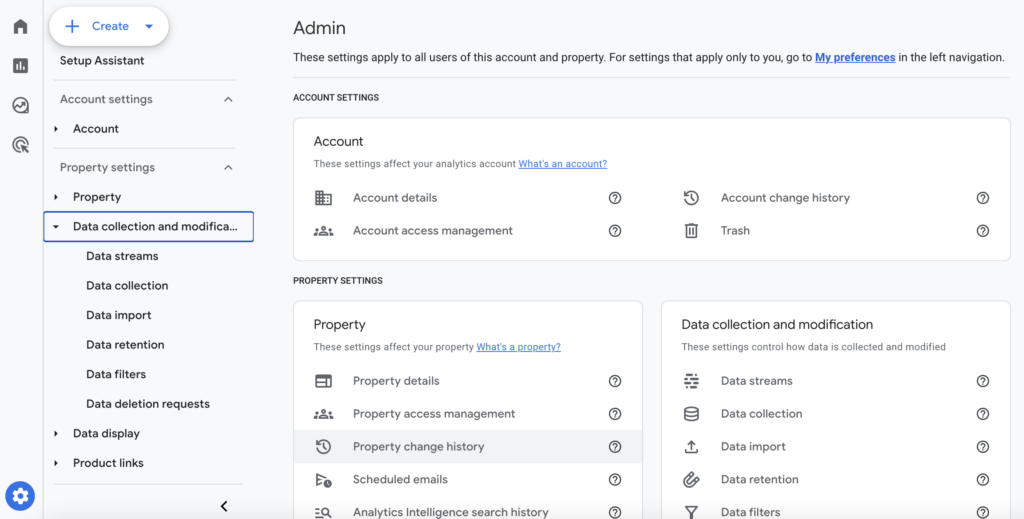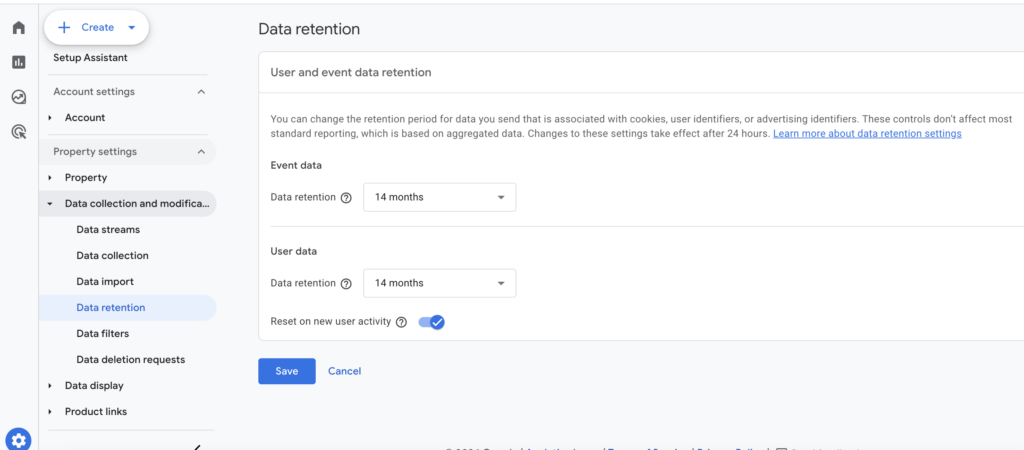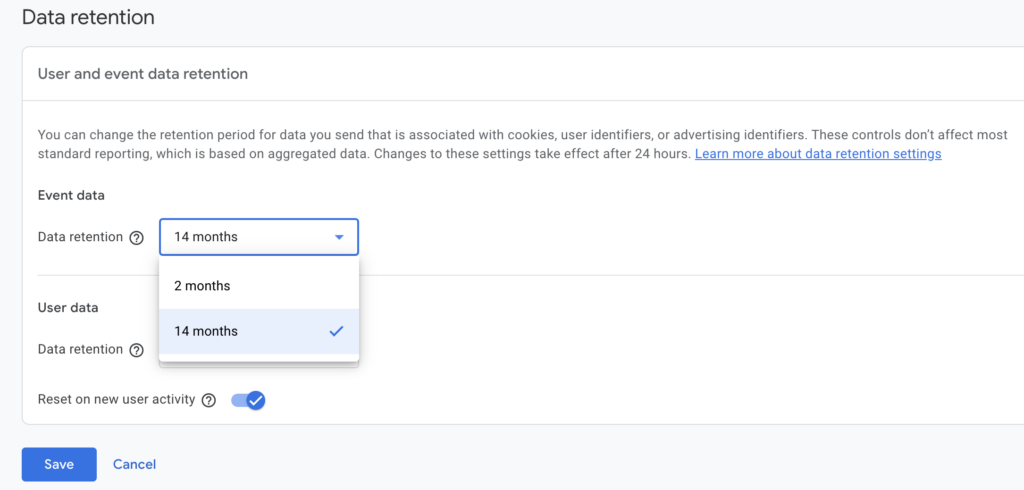Google Analytics 4 data retention: Maximize insights while respecting privacy
Understanding and managing your analytics data is essential to make data-driven marketing decisions. As businesses switched to Google Analytics 4 (GA4), understanding how data is stored has become crucial for managing analytics effectively.
The previous version, Universal Analytics, allowed data to be stored indefinitely, but GA4 has stricter rules that prioritize user privacy and better enable compliance with data protection laws.
In this guide, we’ll cover the essentials of GA4 data retention, from why it’s important, to setup, to data tracking beyond the retention period. Whether you’re new to GA4 or aiming to improve your current setup, this article will help you get the most out of your analytics while protecting user privacy.
What is GA4 data retention?
GA4 data retention refers to the period during which Google Analytics 4 stores user-level and event-level data before automatically deleting it. This includes information like user demographics, conversions, and specific event details.
Unlike its predecessor, Universal Analytics, which allowed data to be stored indefinitely, GA4 has a more structured data retention policy. By default, GA4 keeps data for 14 months. After this period, any data older than 14 months is automatically deleted from your GA4 reports.
Why is data retention important?
Google Analytics 4 data retention plays a key role in both analytics and privacy compliance.
From an analytics standpoint, retaining data enables you to analyze past trends, spot seasonal patterns, and make well-informed long-term decisions. Looking at historical data can help companies uncover crucial insights into user behavior and help fine-tune their marketing strategies.
At the same time, privacy compliance has become increasingly important. Regulations like the General Data Protection Regulation (GDPR) impose strict requirements and restrictions on data retention. The GDPR mandates that organizations limit how long they store personal data, emphasizing data minimization and purpose limitation. This is reinforced by the European Commission’s guidance, which states that, “Data must be stored for the shortest time possible” and that organizations “should establish time limits to erase or review the data stored.”
By following these rules, companies not only safeguard user privacy and security but also reduce the risk of data breaches and sensitive data exposures.
Google Analytics 4 retention period
GA4 offers different retention options for user-level and event-level data, enabling businesses to tailor their settings to meet their specific needs.
For user-level data in GA4, organizations can choose between a data retention period of two months or 14 months. This data provides insights that can be connected to individual user IDs.
When it comes to event-level data, GA4 provides more flexible retention options, including two months, 14 months, and extended periods of 26, 38, or even 50 months. However, these options are only available if you upgrade to a paid Google Analytics 360 plan.
It’s important to note that the default retention period in GA4 is set to two months for all user-level and event-level data, which may not be sufficient for businesses that rely on long-term analysis. If you choose to extend your data retention period from two to 14 months, you won’t see new activity right away. New data will begin appearing over the next few months.
Read about marketing data management now
Setting up data retention in GA4
Configuring your data retention settings in GA4 is a straightforward process that can be completed in just a few steps:
- Log in to your GA4 property.
- Navigate to the Admin panel.

- In the Property column, find and click on Data Collection and Modification.

- Under Data Settings, click on Data Retention.

- Choose your desired retention period of two months or 14 months for standard GA4 accounts.

- Click Save to apply the changes.
Keep in mind that it may take up to 24 hours for these changes to take effect, so plan accordingly.
Choosing the right GA4 data retention settings
When setting up data retention in GA4, it’s important to choose settings that align with your business needs and enable compliance with privacy regulations. Here’s how you can approach it:
- Look at your business needs: Think about how far back you typically need to analyze data. If your business relies on long-term trend analysis, such as tracking seasonal trends in ecommerce, opting for longer retention periods can be beneficial.
- Consider compliance: Ensure your data retention period meets the requirements of data protection laws like the GDPR, which may require shorter retention periods.
- Data granularity: Decide whether you need detailed user-level data or if aggregated event data will suffice. This decision will help you determine the appropriate retention settings.
- Consider your reporting frequency: Make sure your retention period covers your reporting cycles, whether they’re quarterly or annual, to maintain consistency in your reports.
- Understand your resource limits: Keep in mind that longer retention periods may increase storage costs and processing demands. Weigh these factors against the value of the data you’re retaining.
- Keep future planning in mind: If you anticipate needing historical data for machine learning or advanced analysis, setting longer retention periods now can help avoid gaps in the future.
By keeping these points in mind, you can customize your GA4 data retention settings to meet your analytics needs while achieving and maintaining compliance with privacy regulations. Regularly review and adjust these settings as your business and legal requirements change, ensuring you get the most from your analytics data while respecting user privacy.
Viewing and managing data beyond the retention period
GA4’s retention settings limit how long you can keep detailed user-level and event-level data. Standard GA4 users can keep this data for up to 14 months, while GA4 360 users can retain it for up to 50 months. For businesses that need to analyze data over a longer period, it’s important to know how to work within these limits.
Even though GA4 restricts access to detailed data after the retention period, you can still view overall trends and metrics in standard reports, which show aggregated data from the time you started collecting it. This means you can track high-level performance over time, even if the detailed data is no longer available.
For businesses that need data beyond the 14-month limit, remember that while in-depth analysis through Explorations will be limited, the aggregated data in standard reports remains accessible. This allows you to keep a broad view of your performance and trends, even if some specific details are no longer available due to data retention policies.
Strategies to bypass GA4 data retention limits
While it’s important to respect data privacy principles, there are legitimate reasons why businesses might need to retain data for longer periods. Here are some strategies to effectively manage GA4’s data retention limits.
Use BigQuery for long-term storage
BigQuery is Google’s fully managed, serverless data warehouse solution. For GA4 360 users, it offers a powerful way to store and analyze vast amounts of data. By setting up automatic exports to BigQuery, you can store raw, event-level data indefinitely. This allows for complex analyses beyond GA4’s standard retention limits. BigQuery’s scalability means you can query terabytes of data in seconds, making it ideal for businesses with large datasets or complex analytical needs.
Regularly export data
Even without GA4 360, you can set up regular data exports to your own storage systems. This involves extracting data from GA4 at regular intervals (daily, weekly, or monthly) and storing it in your own database or data lake. While this method requires more manual effort and technical expertise, it provides complete control over your historical data. You can use Google Cloud Storage, Amazon S3, or any other storage solution that fits your infrastructure.
Implement a data lake
A data lake is a centralized repository that allows you to store all your structured and unstructured data at any scale. By implementing a data lake architecture, you can store raw data from GA4 alongside data from other sources. This approach is particularly useful for businesses that want to combine GA4 data with data from other platforms for comprehensive analysis. Popular data lake solutions include Amazon S3, Google Cloud Storage, and Azure Data Lake Storage.
Use third-party analytics tools
Some third-party analytics platforms offer longer data retention periods and can be used in conjunction with GA4. These tools often provide their own data collection methods and can store data for extended periods. Examples include Mixpanel, Amplitude, and Heap Analytics. While these solutions may involve additional costs, they can provide valuable insights and longer data retention periods.
Aggregate data for long-term storage
While you may not be able to keep all raw data indefinitely, you can aggregate key metrics and insights for long-term storage and analysis. This involves summarizing your data at regular intervals, e.g. daily or weekly totals, and storing these summaries. While you lose some granularity, this method enables you to track long-term trends and performance without the need for extensive storage. You can use tools like Google Sheets, Microsoft Excel, or a simple database to store these aggregated metrics.
Remember, while these methods can help you retain data for longer periods, it’s important to ensure that your data retention practices comply with applicable privacy regulations.
Balancing data value and data privacy in GA4
Effectively managing GA4 data retention is key to getting the most out of your analytics while staying compliant with privacy regulations. By aligning your retention settings with your business needs and compliance requirements, you can balance data usefulness with privacy protection.
Remember, data retention is just one part of a broader data strategy. It should be considered alongside data collection practices, the correct types of consent, and overall marketing data management. As digital analytics evolves, staying updated on GA4 changes and industry trends will help you maintain a strong and compliant analytics approach.
